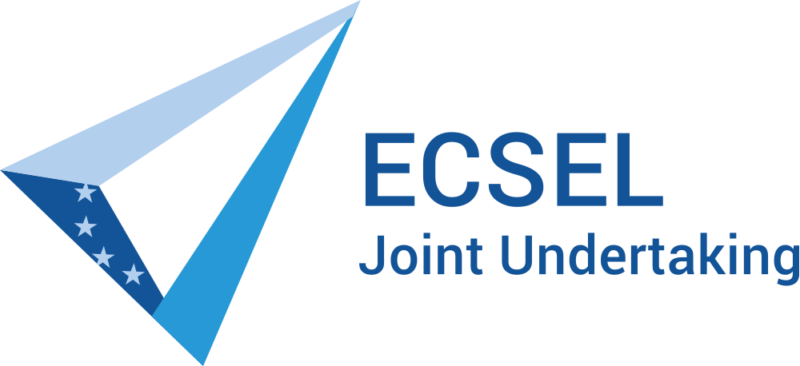A Semiparametric Transition Model for Lifetime Drift of Discrete Electrical Parameters in Semiconductor Devices
Lucas Sommeregger, Horst Lewitschnig
Abstract: In automotive industry, quality and safety are of high importance. Especially with the upcoming development of autonomous vehicles, the topics of predictive health management and estimation of residual useful life have become topics of interest. Semiconductor manufacturers in this area have to guarantee a high standard of quality in shipped devices over their whole lifetime. Electrical parameters of these devices are specified in data sheets and have to be kept within specified limits over the devices’ expected usage time. To simulate the real lifetime, accelerated stress tests are performed on a random sample of parts. During these tests, electrical parameters may drift over time. This is called lifetime drift. To control for lifetime drift, tighter test limits are introduced at production testing. The goal of these limits is to guarantee quality levels in shipped devices while maximizing manufacturers’ yields. The areas between specified limits and test limits are called guard bands. Statistical models for drift calculation and guard banding parameter drift can be used to identify parameters indicating gradual degradation processes and to estimate the expected remaining useful life of the device. Random samples are put to environmental stress tests. In this way, longitudinal data are generated. Several lifetime drift models for continuous parameters have been developed in the past [1], [2]. However, for discrete parameters (logic vectors, bit-flips, counts etc.) these models are not universally applicable. Furthermore, existing models are currently too computationally expensive to monitor parameters in real time in self-driving vehicles. We propose a semiparametric and distribution-free mixed Markov transition model for discrete parameters based on interval estimation of transition probabilities from sparse data. Drift group formation is considered via clustering and mixture modelling. The method assumes homogenous behavior in the distribution of differences between successive readout points and can be extended to cover several types of interpolating behaviours. The guard banding algorithm is performed using efficient matrix multiplication with intelligent warm starts for the two-dimensional integer optimization problem. For the calculation of residual useful life, we propose one model based on interval estimations from quantile regression on the whole sample and further show how to extend the transition Markov chain model into unobserved time periods. The results are verified via simulation studies and compared to adapted state-of-the-art models for continuous parameters. The work has been performed in the project ArchitectECA2030 under grant agreement No 877539. The project is co- funded by grants from Germany, Netherlands, Czech Republic, Austria, Norway and - Electronic Component Systems for European Leadership Joint Undertaking (ECSEL JU). All ArchitectECA2030 related communication reflects only the author’s view and ECSEL JU and the Commission are not responsible for any use that may be made of the information it contains.




